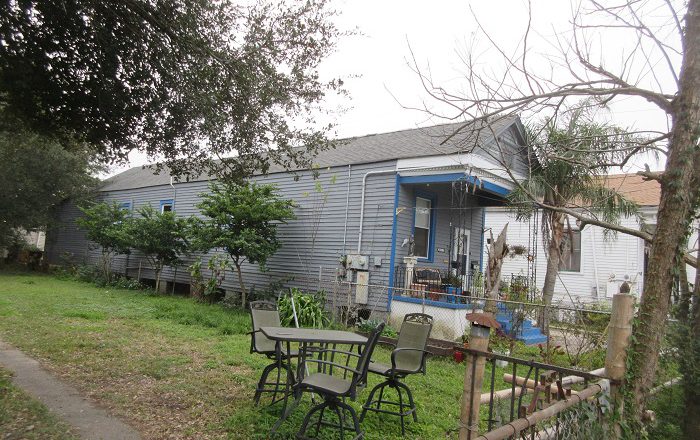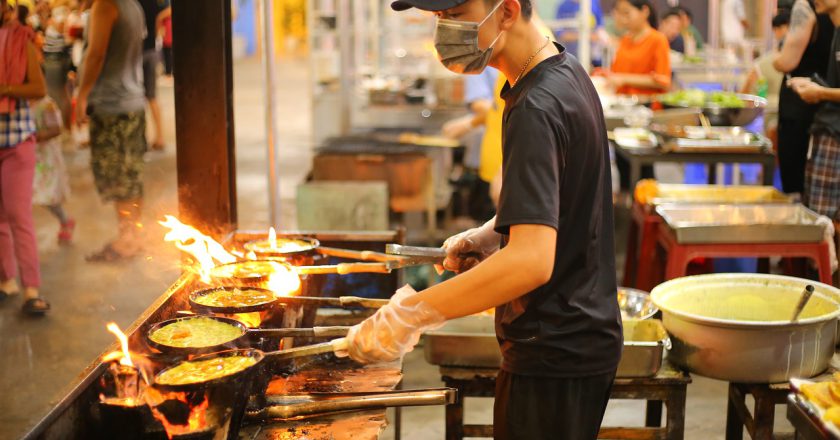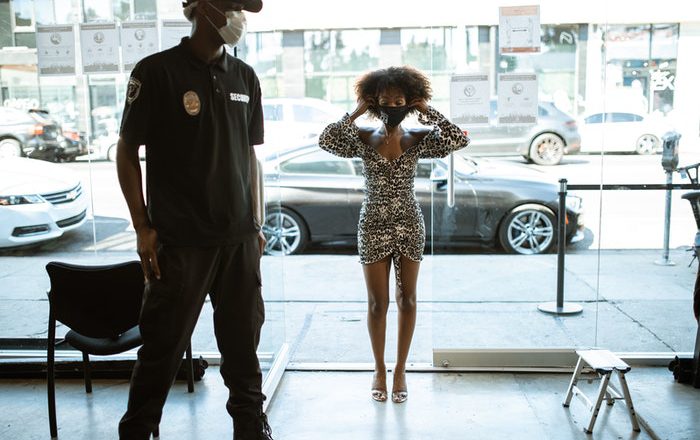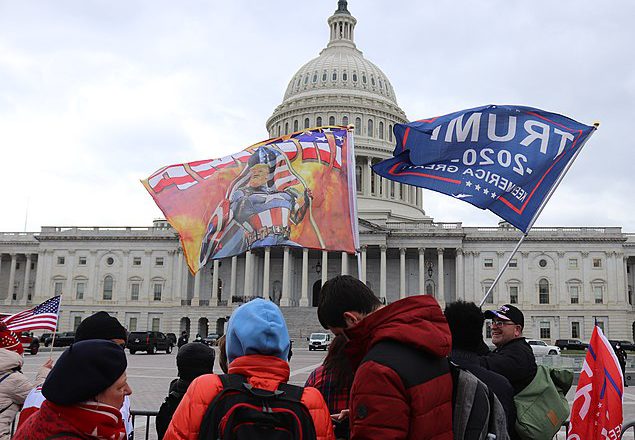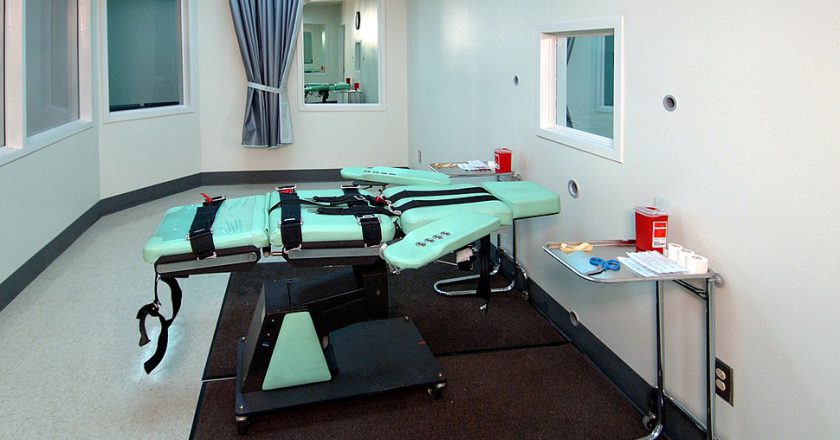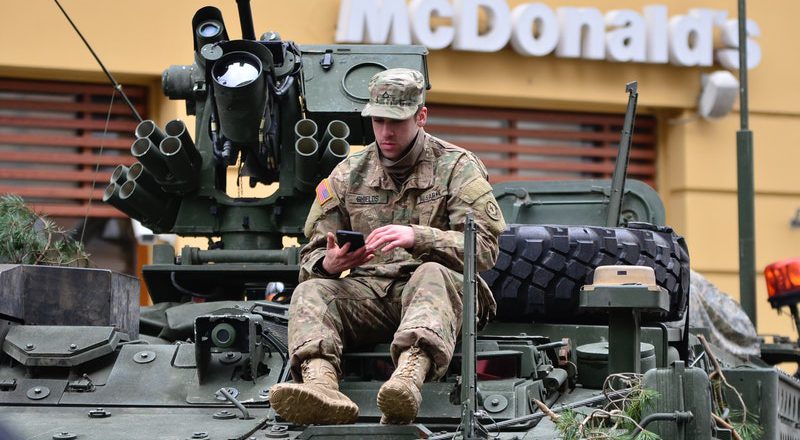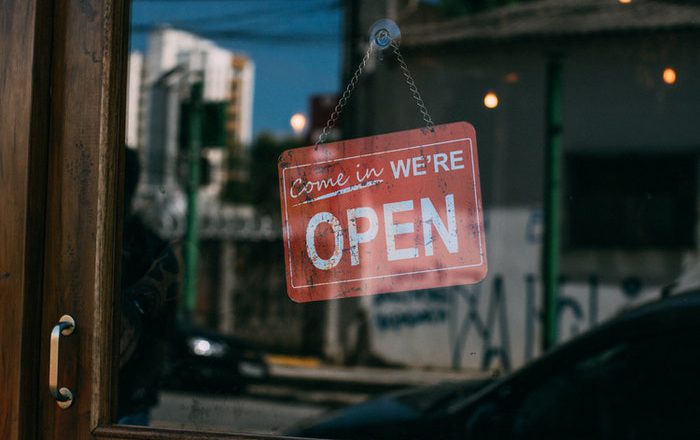Here’s What I learned About Big Ben And Online Information Overload When I Went Down The ‘Rabbit Hole’ To Debunk Misinformation
Big Ben was stolen from Palestine. So claimed an elderly woman, in Arabic, in a retweeted clip I received recently.
Yes, that Big Ben: the great bell in the iconic clock tower of London’s Palace of Westminster. The British took it, she said, from a tower they demolished at Hebron Gate in Jerusalem in 1922.
The claim pulled me up short. It seemed so outlandish. Who would invent something so easy to refute? And why? The woman spoke with great conviction, but could she really believe what she was saying? And if this was a hoax, then who was perpetrating it on whom?
These questions sent me down a Big Ben rabbit hole.
A matter of seconds
Before I share what I discovered, let’s pause here for a moment, where many would have shrugged and moved on.
You’d have to have some prior interest in the...


